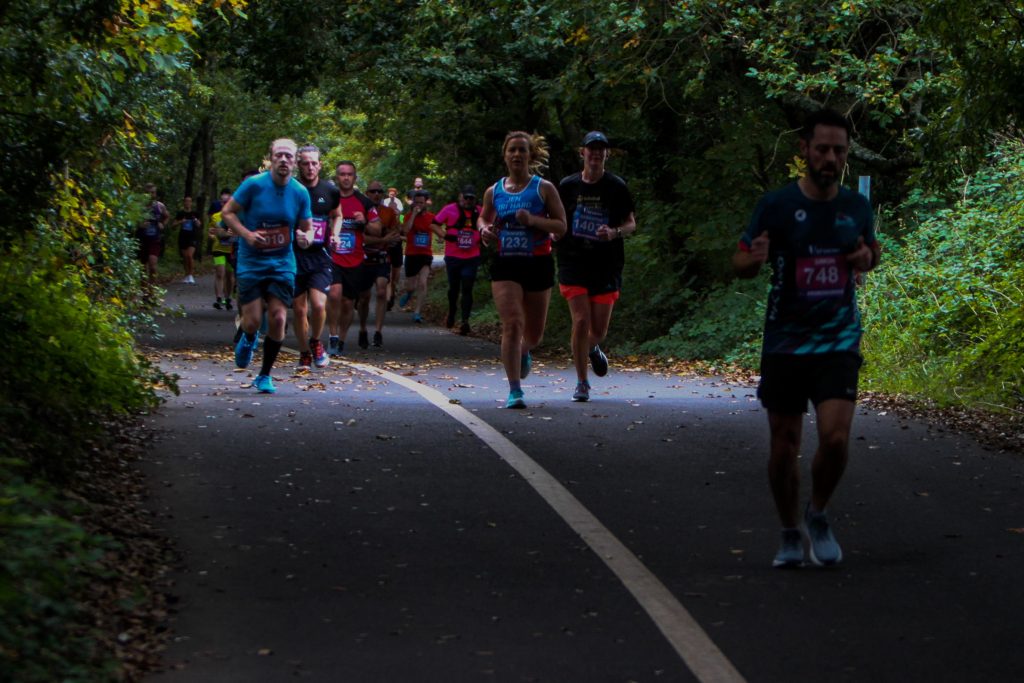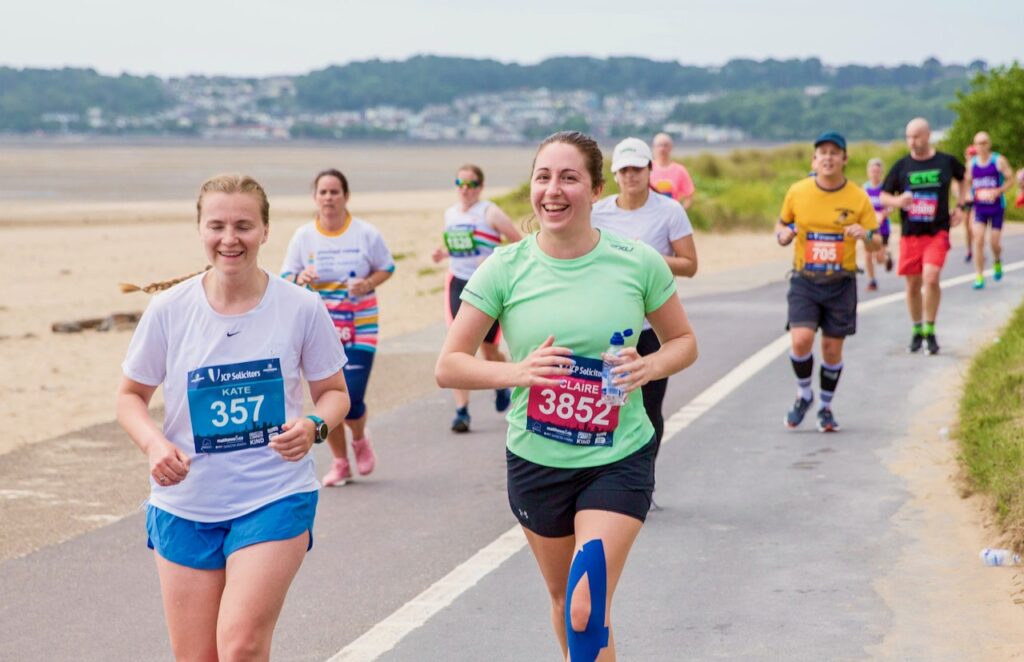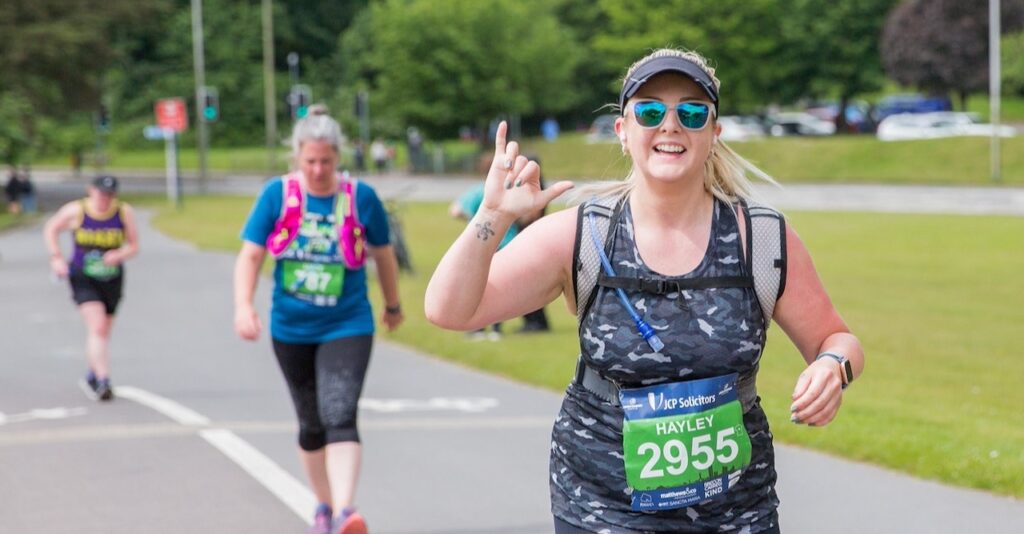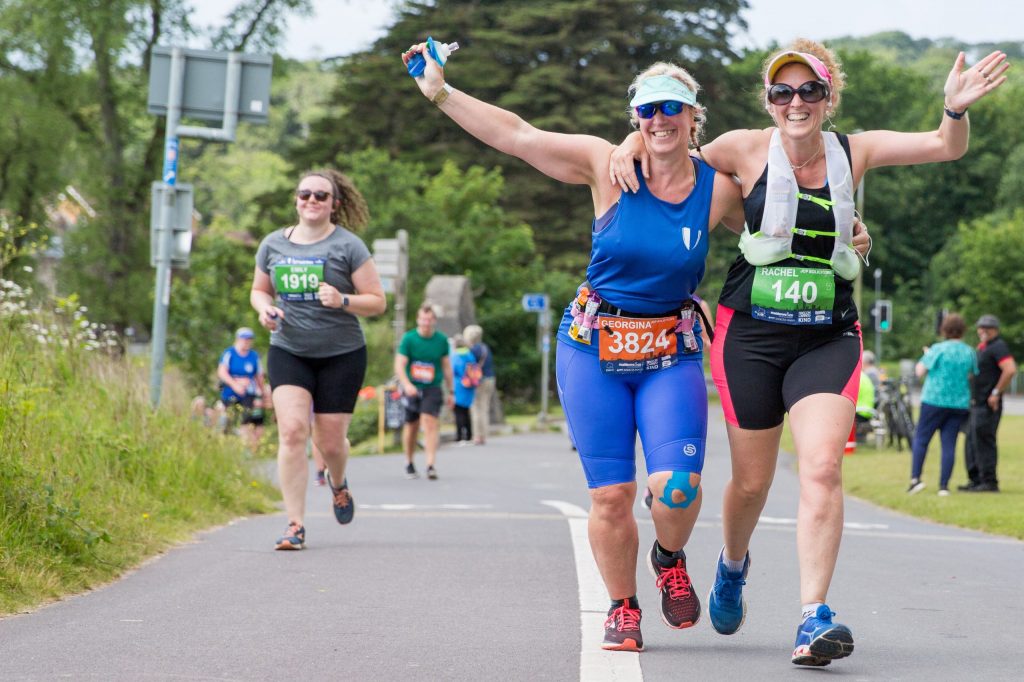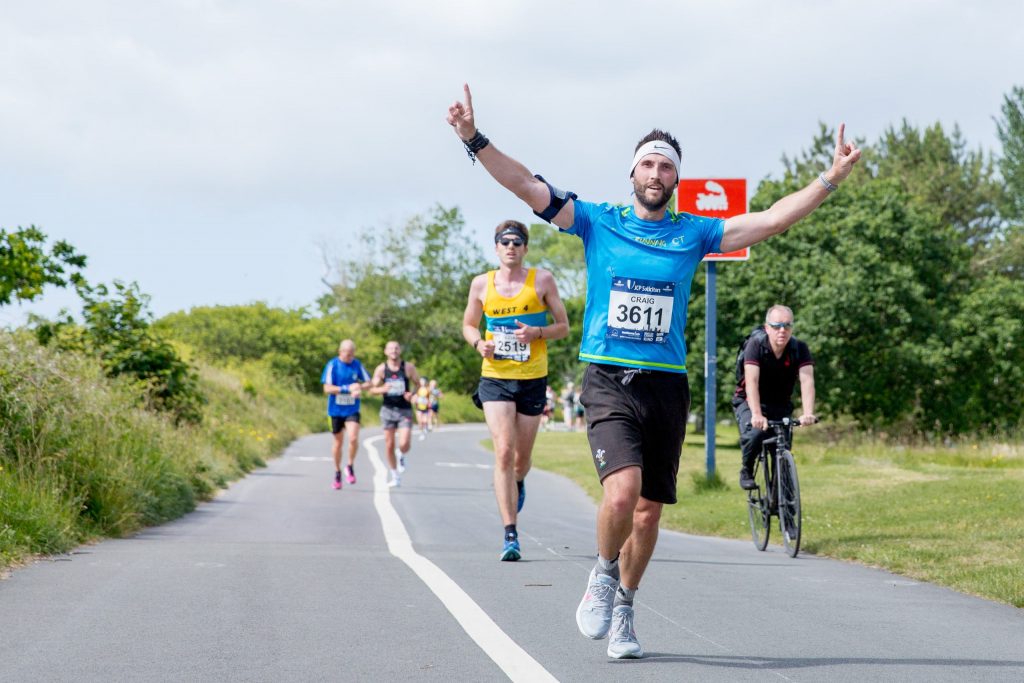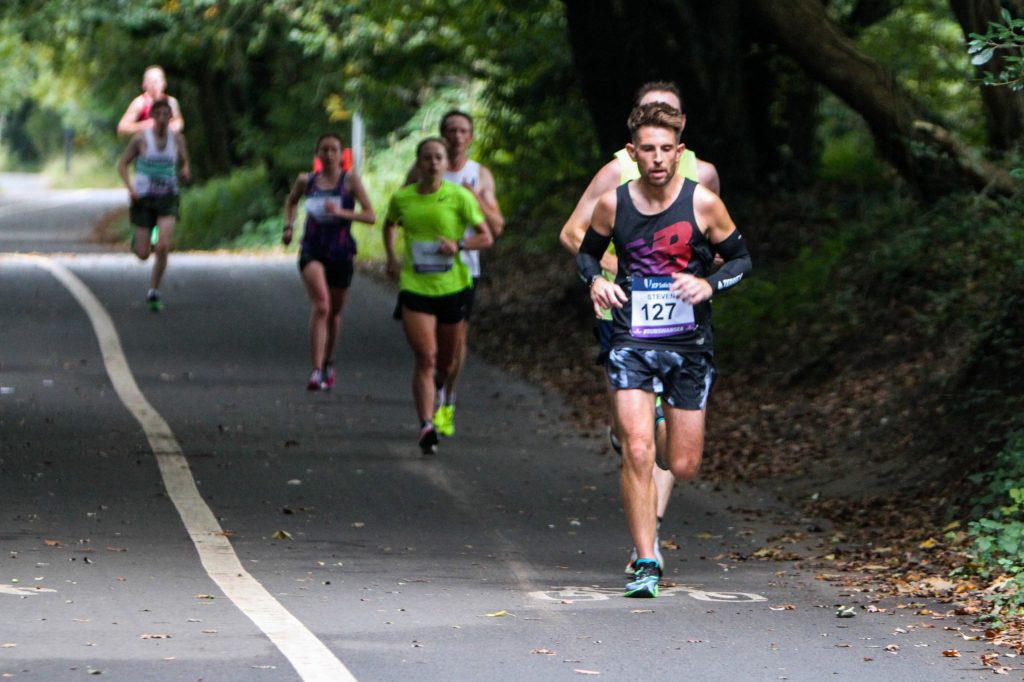
Welsh rugby legend Ryan Jones announced as Race Ambassador
Wales’ former Grand Slam-winning captain Ryan Jones has been named as the official ambassador for the Swansea University Swansea Half Marathon, which is set to take place on 11 June 2023.
As the ambassador, Jones will be actively involved in promoting the race and encouraging participation from runners of all levels and will run on behalf of Swansea University’s Making Strides for Mental Health campaign, which raises funds for essential world-class research into suicide prevention, along with mental health and wellbeing support for Swansea University students.
Jones – awarded an MBE in the 2021 Queen’s Birthday Honours list for services to rugby union and charitable fundraising – is passionate about raising funds for mental health and has spoken openly about his own mental health struggles in recent years.
Following his retirement 2015, he was diagnosed with early-onset dementia in December 2021 at the age of 41, having suffered from a number of symptoms including depression and memory loss. On his appointment as ambassador, Jones said:
“I’m delighted to have been asked to be the ambassador for this year’s Swansea University Swansea Half Marathon, especially as I’ll be running on behalf of a great cause that’s close to my heart, and hopefully it will encourage others to do the same.
“The past couple of years have been difficult. I suffered with two stress fractures in my legs, and so that, coupled with Covid, meant that I wasn’t able to exercise much and I fell out of love with it a bit. I’m glad to say I’m getting back into it now and I’m finally getting my mojo for exercising back. Being outdoors in the fresh air is meditative for me and these days I’m look forward to my training sessions, especially as I get to take in the gorgeous views of Gower.”
The Swansea University Swansea Half Marathon, twice named the UK’s best half marathon, is one of the most popular events of its kind in the UK. Attracting thousands of runners each year, the race is renowned for its scenic route, which takes in some of the most stunning views of the Welsh coastline. Jones, who received an honorary degree from Swansea University in 2016, hopes he can inspire others to sign up and raise money for good causes:
“I hope that my involvement with this year’s Swansea Half Marathon will inspire others to join me along the way. There are huge benefits to running, for body and mind, and even if someone has never run before, they shouldn’t be daunted by it as the body is capable of incredible things, it will do whatever you ask of it. The trick is to think of it as a journey, not a destination!”
Professor Keith Lloyd, Executive Dean and Pro-Vice-Chancellor, Faculty of Medicine, Health & Life Science, said:
“We are thrilled to have Ryan Jones on board as our ambassador for the Swansea University Swansea Half Marathon. Ryan is an inspirational figure, and we know that races can be powerful motivators for people seeking to adopt healthier lifestyles, so if you are thinking of taking part, we would be delighted if you might consider running on behalf of our Making Strides campaign.”
A number of discounted entry places are available for people who pledge to raise more than £200 for the University’s Making Strides campaign, with a further general discount available to students, staff and 150 graduates. David Martin-Jewell, managing director of Front Runner Events, said:
“We are very excited to welcome Ryan on board as the race ambassador and hope that his role will help inspire others to take that first step towards them “Making Strides”. Whether it’s setting your fitness goals and beginning your running journey the benefits gained can be tremendous. We look forward to hosting the Swansea University Swansea Half Marathon on Sunday, 11th June, where #TeamSwansea will join the thousands of others to run from the city to the sea.”
Entry to the Swansea University Swansea Half Marathon is still open but will close at MIDNIGHT on 26th MAY. To find out more about the event and get your place at the start line go to: https://www.swanseahalfmarathon.co.uk

